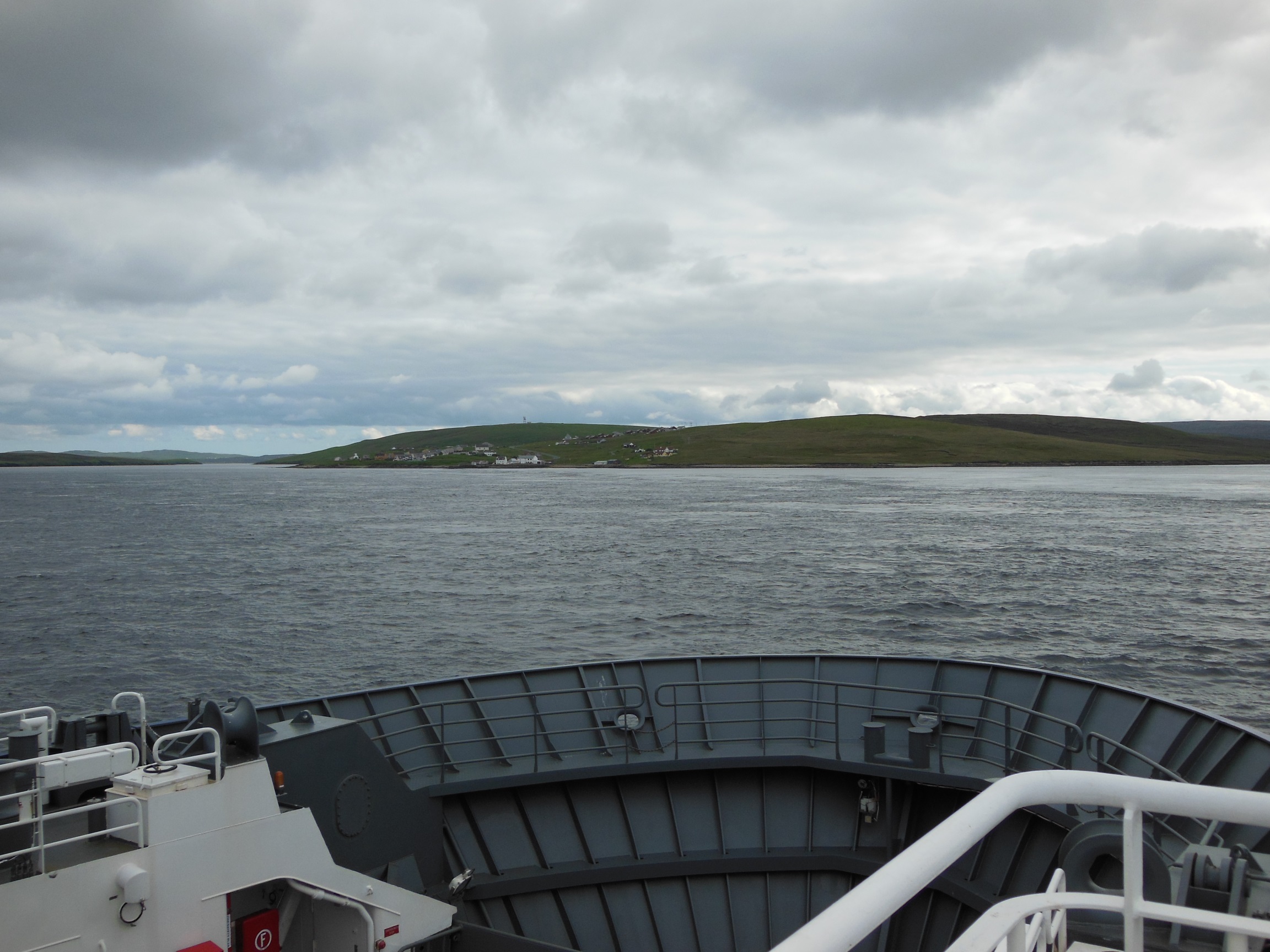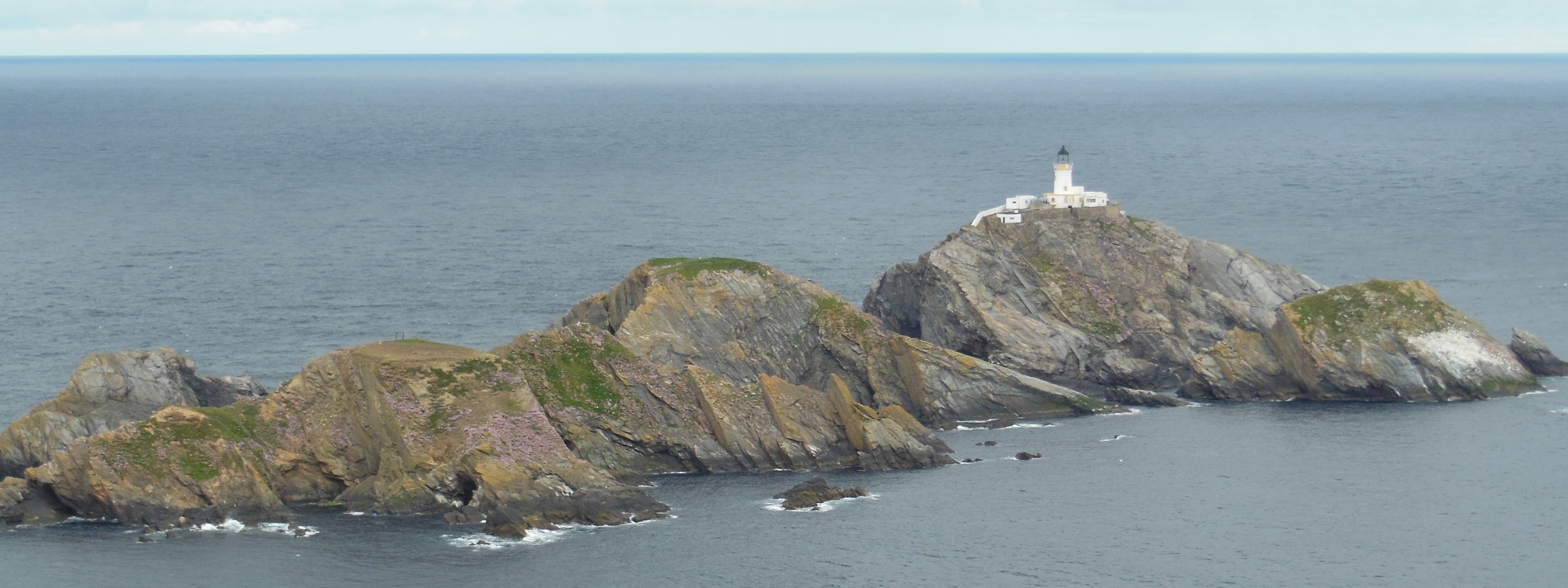Britain’s Most Northerly Sheep
I recently came back from a family holiday to Shetland. You might not know much about the archipelago, but it's very far north. Further north, in fact, than anywhere else in the UK.
During the trip, we went to the most northern of this northern archipelago to spent some time on Britain's most northerly inhabited island, Unst.

On the ferry to Unst
As well as having much longer summer days, being so far north has the benefit that you can easily advertise everything there as being "the most far north X in Britain!" So we used Britain's most northerly car ferry, bought some bread from Britain's most northerly bakery and sent a letter from Britain's most northerly post office.
There were some slightly weirder places to see. We stopped for coffee at Britain's most northerly café-based-in-an-old-double-decker-bus, and I think we saw Britain's most northerly MoD listening outpost but, given recent events, I probably shouldn't discuss that.
On our second day on Unst, I decided to up the game. Rather than letting the most northerly things come to me, I wanted to go and seek them out. Specifically, I decided to search for Britain's most northerly sheep.
The search took place on Hermaness, a headland on Unst that affords excellent views of the vast expanse of nothingness contained in the Atlantic ocean. The whole headland is a nature reserve, complete with puffins, Great Skua and, fortunately for my plans, sheep. It also overlooks the most northerly _un_-inhabited island of Britain, Muckle Flugga, which is possibly my favourite island name ever.

Muckle Flugga and its lighthouse, built in 1854 by Robert Louis Stevenson's dad and uncle
As we walked across Hermaness, I got excited by every sheep I saw, stating that it must be the most northerly, surely. But every time, another one would appear around the next corner.
It wasn't until we went as far north as we realistically could that I finally found my quarry. Standing on the final outcrop, looking out at Muckle Flugga Lighthouse, I spotted a sheep just over the crest of a rise to my east. I pulled out my camera and took a photo of what was, frankly, a rather heroic pose. Almost as if she knew.

Regal. Majestic. 60 degrees north of the equator. This is Britain's Most Northerly sheep.
This was, according to my camera, at about 60.84 degrees North. With just five metres to the cliffs and sea below, it was about as far North as I ever could have hoped.
But the story doesn't end there. Just after I put the camera away I glimpsed, just for a second, a sheep perched precariously on the cliffs to the north. It was as far as it could possibly be, seemingly centimetres from falling to its death. Before I could get the camera out, the sheep disappeared over the edge, presumably onto a ledge out of my sight.
I've got no evidence of this very, very far north sheep; but I swear it was there, all fluffy and care-free. Maybe she didn't realise quite how different she was at that moment, further north than the other 32 million sheep (data from the NSA) in Britain, but she was a very special sheep indeed.
All photos by myself and Fred "My Old Man" Tyler.
* [NSA]: National Sheep Association